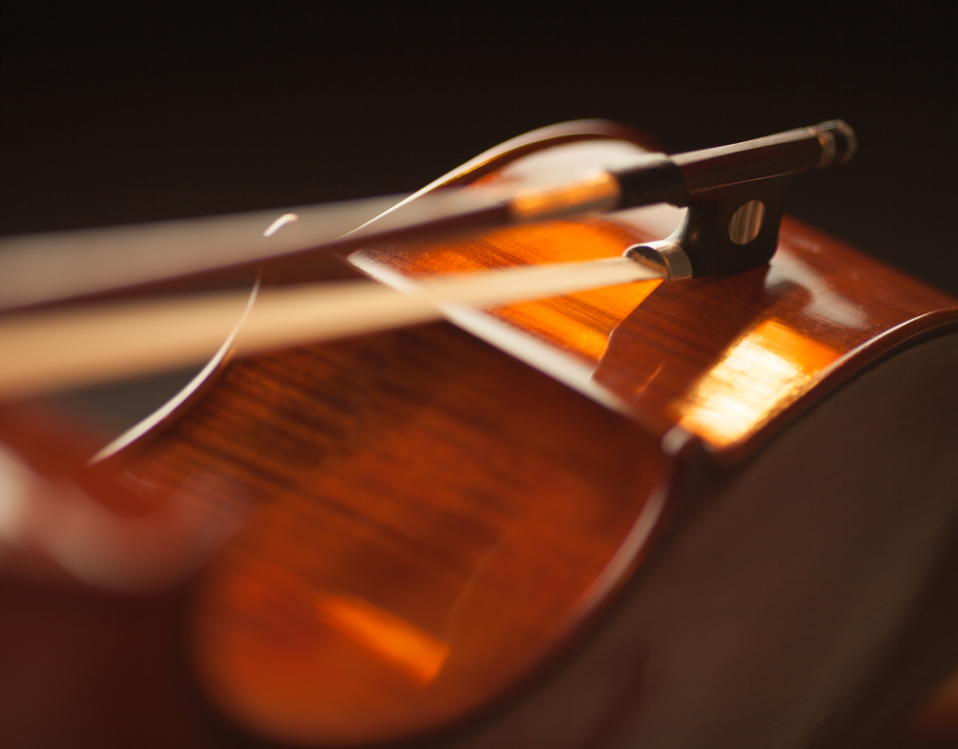Instrumentation: String Orchestra
Duration: 15:00
Commission: The Virginia Chamber Orchestra
Premiere: 2/23/92
The Virginia Chamber Orchestra, Fabio Mechetti, Conductor
Northern Virginia Community College, Annandale, VA
Program Note:
The bow is an ancient weapon, its use refined over the centuries by Zen Buddhists, Amazons, and assassins. Later, it was adapted to a more peaceful task: drawing sound from a stringed instrument. Judith Shatin’s Stringing the Bow plays with this musical genealogy. The form of the piece traces the arc of an arrow loosed into the sky by a master archer. As the arrow flies above, fusillades of notes shoot across the string orchestra from one group of players to another. It’s dynamic. It’s physical. Shatin says she was trying for sound that moves. “I want the rhythm to provoke a physical response,” she says. “I was after a kind of sympathetic vibration.” After the vigorous opening salvos, the middle of Stringing the Bow exists in a kind of suspended animation. It’s a moment of relaxation after the arrow is released — a reflection, in stillness, of all the energetic motion that came before. It feels inevitable when change comes again: The archer strung her bow, notched an arrow, and let it fly. In the end, it finds its mark. –David Schulman
Stringing the Bow was recorded by the Moravian Philharmonic, with Joel Suben conducting, and released on the Capstone label. Included on the CD Piping the Earth, this collection of pieces has been released by Parma/Ravello. –JS
Press Quote:
“Besides the world premiere of Judith Shatin’s delightful Stringing the Bow, the small, highly skilled orchestra played three certified…classics of modern American music…. Shatin’s new work, commissioned by the orchestra and dedicated to Mechetti, is a marvelously inventive piece, informed with a fine sense of musical logic and a precise knowledge of the special qualities of string instruments and what makes them sound good in ensemble…the music showed a composer fully in control of her material at all points and attuned to what makes an audience come back for more.”
–The Washington Post

